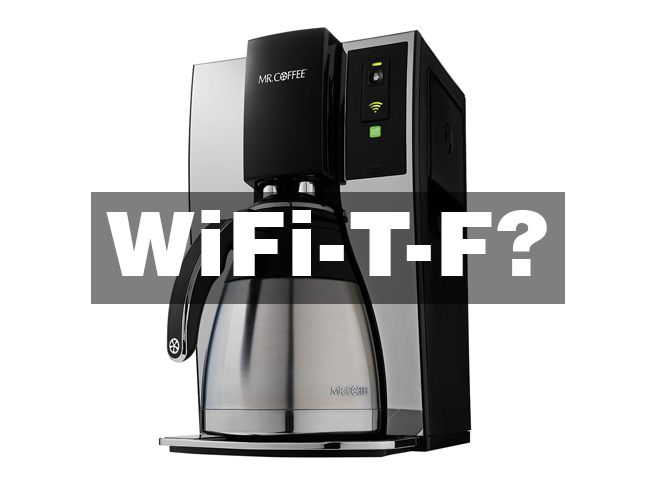There’s a lot of talk these days about “The Internet of Things,” having every appliance and item in our homes connected to the web for automatic daily use. There’s a smart thermostat that learns your heating and cooling patterns, a refrigerator that will send you a text when you’re running low on milk, a light bulb that’s controlled by your iPhone.
All these products come with a big price tag. Are they worth it?
I’ve experimented a bit with it, and have kind of come to the realization that the smart home is still in its infancy as a concept. I’ve found that we’re far better off trying to simplify our home rather than complicate it. We aren’t quite to the point, technologically speaking, where we can live in the Jetsons’ house, so why are we trying so hard to get there early?
A caveat is that I DO love my Nest thermostat (I reviewed it earlier) and I wouldn’t trade it in for anything. My heating and cooling system is running at peak efficiency all by itself. But it feels like the tech industry is trying to get us to plug every item we own into the net. I’ve put together a few “connected home offenders” that seem particularly over-the-top:
Connected Home Offenders:
“Smart” Coffee Maker
Mr. Coffee Smart Wifi-Enabled WeMo 10-Cup Optimal Brew Coffeemaker ($149.99, Amazon.com)
This coffee machine boasts the ability to schedule or adjust brew time and setup reminders so coffee is fresh and hot whenever you want it using the Free WeMo App for iPhone and Android. Hmm. I promise that I can handle using an old fashioned on and off switch for my coffee machine.
“Smart” Lights
I don’t need to connect every light bulb in my house to a Bluetooth-enabled outlet that I can control from my phone. It is far more efficient to just use the light switch than it is to hunt down the app on my phone, open it, find the right menu item, and then turn the light on. Somewhere in the planning of that product, it got lost that a single action is easier than five phone swipes.
“Smart” Garage Door Opener
This system, which hooks up to most existing garage door openers, will monitor, open, and close your garage door from anywhere with your smartphone. How often do you need to open your garage door when you’re not home? Just because a smart garage door opener system exists, do you really need one?
These are classic examples of using everything in moderation.
For most people it’s about taking stock of what is really cumbersome in your house, and whether or not it is worth the time and financial investment to automate it. For example, I have an enclosed patio on my house, with only one outlet on the far wall that is not connected to a light switch. I have a couple of lamps over there that I like to use at night, but getting to them in the dark across the entire room can be a treacherous task. I am strongly considering getting a Belkin Wemo Switch so that I can turn that single light on from the doorway instead of tripping over some of my kid’s toys in the dark. But it’s only the one outlet, though—I don’t need to control every light in the house. I realized that a good, old-fashioned light timer was the way to go ($8.99 for a two pack): I assessed the few lights in my house that I definitely wanted on when it got dark, either for security purposes or because they’re hard to reach in the rooms that I use, and set them to turn on and off automatically each day.
See? Easy. The ideal smart home is a SIMPLE home. As technology becomes cheaper, sure, perhaps one day I will want to automate my roman shades and my sprinkler system. But for now I’m using my brain, not relying on technology, to keep my home smart.
More Ways to Organize Your Home:
